#Gilles Roussel
Photo

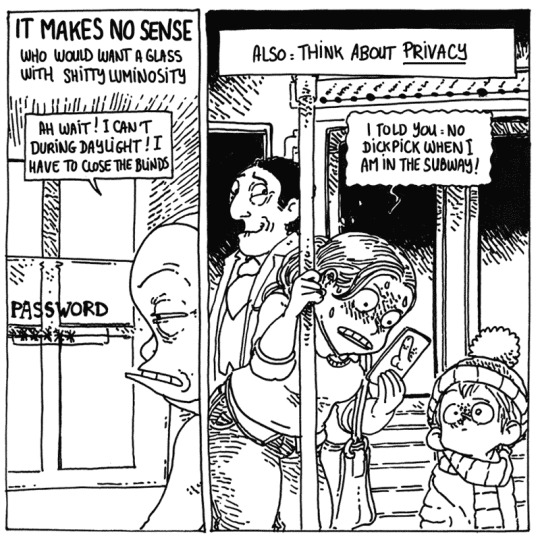
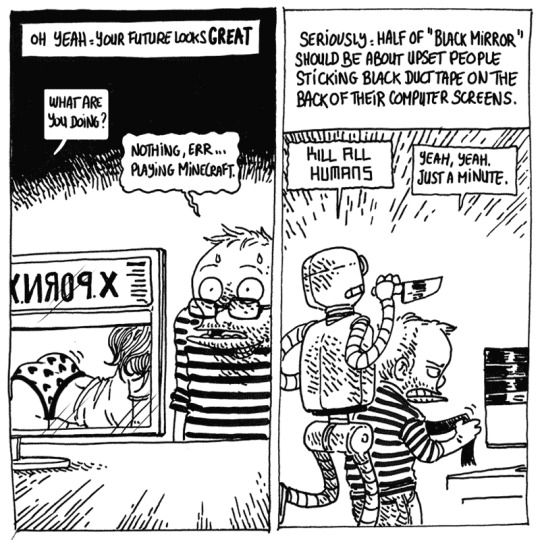

28K notes
·
View notes
Text

Thé , café, chocolat chaud ? ☕ 🍵🥛🍪
"Les lumières lourdes de Janvier"
Gif Boulet aka Gilles Roussel
#gif animé#boulet#gilles roussel#bd#thé#café#chocolat#tea time#coffe time#hot chocolate#janvier#goûter#fidjie fidjie
65 notes
·
View notes
Text

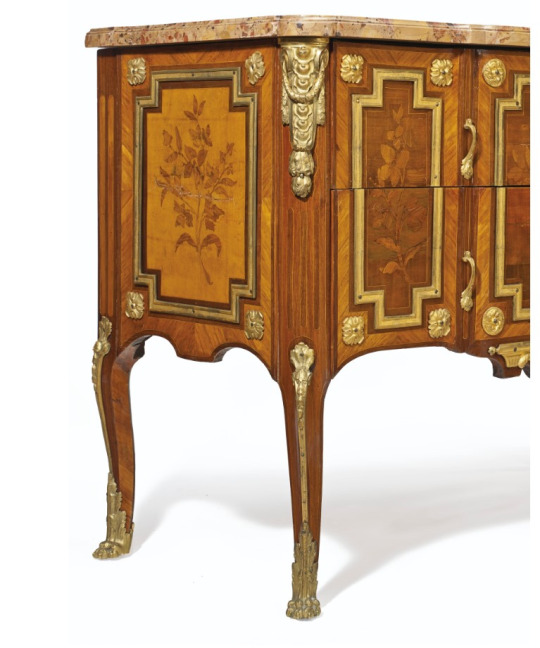
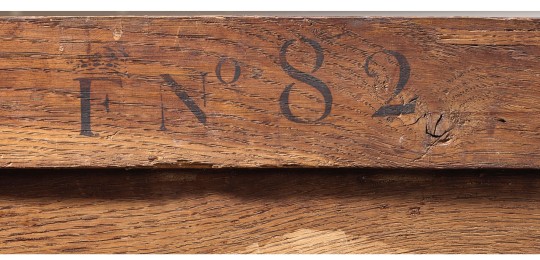
~ "Léonard Boudin (1735 – 20 November 1807) was an independent ebanist who worked in the Faubourg district Saint Antoine of Paris until 1767. Throughout his career, Boudin was recognized for his ability in marquetry, parquets and China lacquer. After receiving the title of Master Ebanist in 1761, his reputation was strengthened from providing a desk to Gilles Joubert (supplier of furniture from the Royal Guardamuebles), for the Count of Provence at the Castle of Compiègne and also a dresser for the Count, in Fontainebleau, in 1771.
Boudin even sells furniture to a number of fellow ebanists, including Pierre Migeon, Gerard Peridiez, Roger Vandercruse (RVLC) and Louis Moreau. After a series of important commissions, Boudin became one of the leading furniture retailers and opened a shop in Froidmanteau Street in the early 1770s. His trade was a combination of businessmen, designers, antiquities, and furniture commissioners who were then important in establishing styles, design, and inspiration for interior decoration in 18th-century France.
As a furniture retailer, Boudin ordered pieces from other leading manufacturers, such as Gilbert, Roussel, Latz, Chevalier, Foullet, Bayer and Topino, whose stamps are found in a series of pieces, with Boudin’s stamp also in its distributor role. Boudin transferred his business to the cloister of Saint-Germain-l'Auxerrois in 1777, at which he left seemingly all activities as an artisan and instead acted only as a distributor.
In addition to furniture, it sells a wide variety of decorative items, from sculptures and candlesticks to exotic curiosities. He also offered his interior design services, as evidenced in his collaboration in the equipment of the Duchess of Arenberg's residence in the street of the Ville-l'Evêque. Some of the most important pieces of furniture bearing the Boudin stamp are in the collections of the Louvre, Carnivalet, Castle of Versailles, Cleveland Museum of Art, Kunts Husgeradskam in Stockholm." ~
3 notes
·
View notes
Text
Manifestation prévue à Montbéliard : "Marchons pour la Liberté, l’Égalité, la Fraternité, retrait de la Loi Darmanin"

Une manifestation est prévue à Montbéliard ce samedi 20 janvier 2024 à 17h00, depart de la Place Denfert-Rochereau, marche aux flambeaux "Marchons pour la Liberté, l’Égalité, la Fraternité, retrait de la Loi Darmanin", par le Collectif local pour le retrait de la loi Darmanin :
"Dans notre diversité d’idées, d’engagements, de professions, nous exprimons notre grande inquiétude après le vote de la loi dite "asile-immigration". C’est un tournant dangereux dans l’histoire de notre République. D’abord parce que cette loi ne répond pas aux causes de l’exil forcé d’hommes, de femmes, d’enfants fuyant les guerres ou le réchauffement climatique, ni aux défis de l’accueil dans la dignité, ni au défi de la définition d’une politique digne et humaine d’intégration. Ensuite, parce qu’elle a été rédigée sous la dictée des marchands de haine qui rêvent d’imposer à la France leur projet de "préférence nationale". Elle torpille les piliers porteurs de notre pacte républicain, hérité du Conseil national de la Résistance. Elle s’attaque ainsi au droit du sol autant qu’aux droits fondamentaux proclamés par la Constitution : au travail, à l’éducation, au logement, à la santé... Ce faisant, tous et toutes, Français autant qu’étrangers, nous nous trouvons menacés. Victor Hugo écrivait : "Étouffez toutes les haines, éloignez tous les ressentiments, soyez unis, vous serez invincibles". Soucieux de rassemblement et de solidarité plutôt que de division sans fin de notre société, nous demandons au président de la République de ne pas promulguer cette loi. Nous appelons à manifester dans notre diversité notre attachement à la devise de la République : Liberté, Égalité, Fraternité".
L'appel des 201, signé entre autres par :
Mouss Amokrane (chanteur Zebda), Pierre Arditi (comédien), Josiane Balasko (comédienne) Sophie Binet (CGT), Manuel. Bompard (LFI), Eric Chenut (Mutualité Française), Karine Cornilly, (Action catholique ouvrière), Véronique Devise (Secours catholique), Cécile Duflot (Oxfam),Annie Dupeyret (comédienne), Simon Duteil (Solidaires), Laurent Escure (UNSA), Olivier Faure (PS), Gilles Finchelstein (Fondation Jean Jaurès), MarieAleth Grard (ATD Quart Monde), Hanja Hamidi (UNEF), Eddie Jacquemart (CNL), Jean Jouzel (Prix Nobel de la paix), J-François Julliard (Greenpeace), Judith Krivine (Syndicat Avocats de France), Marylise Léon (CFDT), Émilie Loizeau (chanteuse), Laurence Marandola (Confédération Paysanne), Henry Masson (Cimade), Corinne Masiero (comédienne), Guillaume Meurice (humoriste), Maëlle Nizan (FAGE), Gérard Noiriel (EHESS), Patrick Pelloux (urgentiste), Edwy Plenel (Mediapart), Fabien Roussel (PCF), François Sauterey (MRAP), Dominique Sopo (SOS Racisme), Antoine Sueur (’Emmaüs), Benoît Teste (FSU), Marine Tondelier (Les Ecologistes), Jacques Toubon (ex-Défenseur des droits), Youlie Yamamoto, (Attac)...".
Read the full article
0 notes
Text
I personally like to HC "Le Gros", "Le Teigneux" and "Le Nabot" are not nicknames but their actual last names, hence why I use a L in cap for "le". It is/was common in some French regions especially outside of huge conurbations and more importantly in not-so older times (the franchise and the characters WERE created in the 70's after all) to use your last name as your nickname. Boulet, one of my favorite comic book artists whose real name is Gilles Roussel who grew up around Dijon, was often nicknamed Roussel or le Roussel/eul' Roussel by classmates and friends in comics in which he speaks about his childhood. This would explain why none of them are offended by being constantly called respectively the Big/Fat one, the Bitter one and the Midget in French and why the good guys call them like that, their designs and personalities are just coincidently fitting in-universe. And I HC their respective sons are nicknamed the same with their last names they obviously took from their dads but with "Petit" ("little") to differentiate and that it might havr started from the adults who were amused to see their were essentially small versions of them and it stuck. Unlike Petite Pierrete whose name is truly her first name because her parents were lazy and didn't want her to call her Pierrette Jr lol
NOW what are their first names ?
Well...
...I don't know and I don't care. I don't think they need one with the silly names rules this show has (Pierre married Pierrette and had Pierrot and Petite Pierrette together and 3 characters were given their characteristics for names/nicknames/last names) to show real names isn't what matters and isn't the focus
So I personally like to imagine that whenever these 6 guys say their first names or someone say them, they get comically censored à la Fairly Oddparents like

And they don't mind using their last names and nicknames anyway
That's why I find it completely pointless to rename Le Gros and Le Nabot because it can "offend". Jambo and Grumeau (which are WORSE the first mixes Jumbo + jambon which means ham as they confirmed and the other means lump HOW ARE THOSE BETTER) in Once Upon a Time... Our Earth and apparently Le Grand and Minus (The Big/Tall one and Shorty/Loser which actually do fit the meaning and the characters... therefore even more pointless to change at all) in the upcoming Once Upon a Time... Objects. They were named like that for 40 years, back when thoughts were different and they just thought about cartoony descriptions and nobody would have written an essay on Twitter to complain about 2 vintage characters which I am sure nobody will and has either, it was not used to mock (at least not for Le Gros who was seen as very kind, attractive and positive for everyone in the show and was more muscular than fat so "gros" could just mean big, and even in Le Nabot's case it was to mock HIM because his flaw was not to be short, Maestro was too, it was to be an asshole who was physically weak so manipulated to get his way so calling him a midget was to enhance how pathetic and cowardly he is which his name Minus connotes at by having 2 meanings), and once again just like I HC so they can just be cartoony last names that fit in-universe which is why even themselves call themselves like that. Media please stop anticipating potential meaningless "controversies" by self-censoring old cartoons ! Which is why I will personally keep calling them the way they have been called for 40 years
As for Maestro's real name (if it isn't ? And then what, first or last ?) and Pierre's and his family's last name, I have no idea either I guess it's the same gag but reversed
So far, if Mrs Thalamus (WHOSE FIRST NAME IS UNKNOWN TOO) is indeed Psi's mom, only Psi has a whole name in the whole franchise, Mercedes "Psi" Thalamus
#fairly oddparents#name#lol#timmy turner's dad#timmy turner's mom#il était une fois les découvreurs#il était une fois les amériques#il était une fois l'espace#il était une fois l'homme#il était une fois la vie#il était une fois les explorateurs#il était une fois les objets#il était une fois notre terre#moi#le gros#le nabot#le teigneux#parents and children#nickname#boulet#france#1970's#tv show#pierre#pierrette#pierrot#psi#petite pierrette#madame thalamus#maestro
0 notes
Text
Kompromat, a cold land(scape)
Forget lovely Russian ballets, beautiful monuments such as the Kremlin, Saint Basil’s Cathedral and the colorful Izmailovsky market because in the new movie directed by Jerome Salle called Kompromat, that is not this joyful postcard’s picture that we explore in Russia.
The context is more political; so cold, freezing, vicious and dangerous. We understand that it will be an unfair story from the beginning of the film with the definition of the title’s movie. A Kompromat is the creation and collection of fake documents about one personality that we want to eliminate. This is most of all a machiavellian technique used in Russia. This is the case of a fictional character, Mathieu Roussel, played by Gilles Lellouche, a french expatriate who will be the victim of this dramatic situation. The director wants most of all to highlight one thing: the Russian’s cold way of life. Something known but hidden, or not admitted.
Russians are violents. One of the first scenes of this movie shows this kind of contrast between French characters and Russians ones. We are admiring a touching scene of love between Mathieu Roussel and his daughter. They are playing together, creating a link, until the Russian police erupt in their house and capture the father as a beat: putting him on the floor, hiding his face with a bag. These gestures are unusual for us, we know more humanity and diplomacy, as with prisoners. It is something denounced by the director, who put an image of a killed deer just after this scene, as if the character is considered as the prey of Russian politicians. And this comparison is repeated during all the movie, by a lot of hunt scenes that are present to show the lack of pity of these people.

Image: Imprisonment scene in Kompromat by Jerôme Salle, with Gilles Lellouche, 2022
Russians don’t talk about their love. We are in front of different relationships. The French couple and the Russian one. The first one is illustrated with Mathieu Roussel and his wife who are trying to talk during a dinner. His wife admits that she doesn’t still love him, they freely express their emotions, by tears and words. On the other side, the couple of Steva and her husband is more trapped by traditions and fear. They don’t talk except with their actions: they go out or play video games all the time, something to express they want to escape each other.
The notion of confinement is omnipresent. Russians are prisoners. Characters are filmed in little spaces. As in nature or a big city they are under surveillance. Russians are spying on each other, there is the pressure of the army on citizens who are controlled in their house, on their smartphone, in their car without permission. They are accomplices to denounce where Mathieu is at the police. We follow him during his escape, from the jail to a little room in the french embassy, into a car boot. And as if he’s alone, we know that someone is outside, watching him by the camera proximity when he sleeps for example. The light filmed augments this feeling by red lights or fog or lack of natural lights inside houses.
The objective of the movie is to remind us that the Russian way of life isn’t free and democratic. But a cold dictatorship as in the private life of citizens. I didn’t talked about it, but homosexuality was explored too in this country that convict free love in all its forms. Citizens are animals and politicians are working to kill those that are moving out of the rules. Visiting Russia is unfortunately something that scares me now because French people fight to break those rules that are rights.
2022/09/18
3534 types
1 note
·
View note
Photo
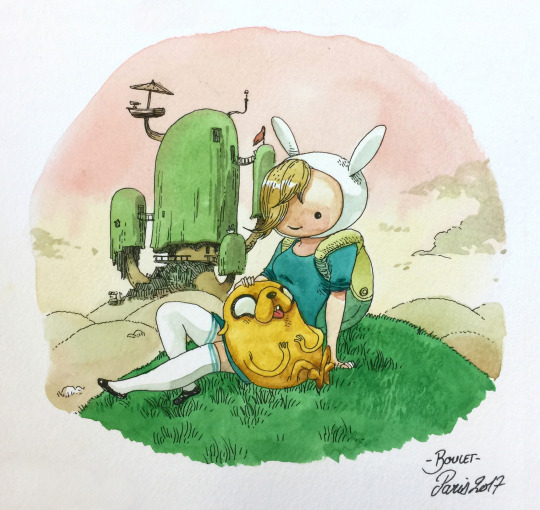
by BMO concept artist Gilles Roussel
#Adventure Time#Adventure Time: Distant Lands#fanart#Gilles Roussel#Boulet#Fionna & Jake#Fionna and Cake
758 notes
·
View notes
Text
Je lis presque obsessionnellement toutes les BD journalières de Boulet sur son site bouletcorp mais j'adore particulièrement la saga qu'il crée petit à petit de gags sur Bloody Mary. Surtout celui pour la saint Valentin 🥰.
0 notes
Photo
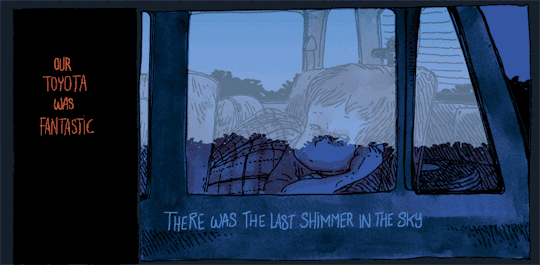




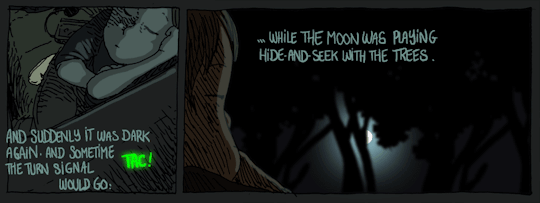
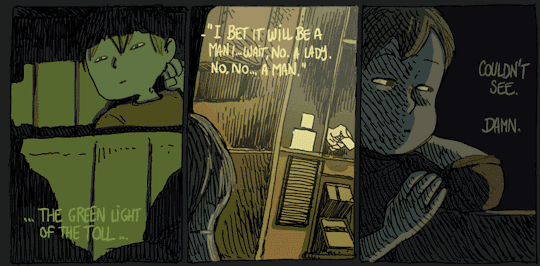

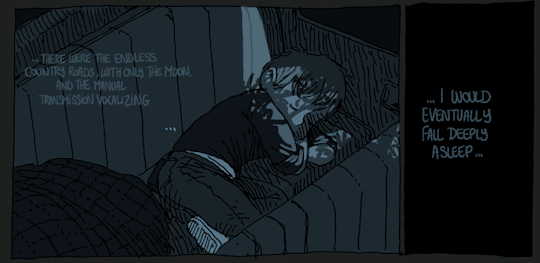
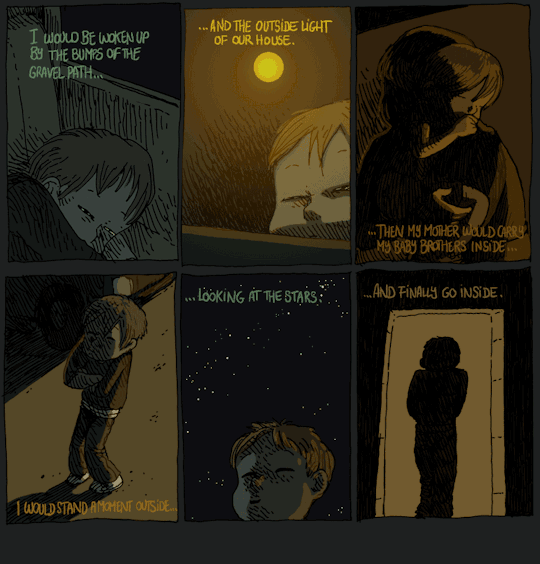

aand last panel.
This is my favourite BOULETCORP comic of all time.
I’m such a huge fan he’s second link on my bookmarks bar

^see?
BOULET rips nostalgia out of you and lays it bare.
I read the comic through phosphene lenses we usually use to view memories with.
2 notes
·
View notes
Text
Boulet awarded the Sergio Aragones International Award for Excellence in Comic Art
This weekend is NCS Fest, the annual event hosted by the National Cartoonists Society that includes, among other activities, the NCS Divisional Awards and the annual presentation of the Reuben Award.
The Sergio Aragones International Award for Excellence in Comic Art, named of course for the famed MAD Magazine artist, was awarded to French cartoonist Boulet, aka Gilles Roussel.
youtube
You can watch the livestream today starting at 9:45 a.m. on the NCS Fest website. In addition to the awards that will be given out, today’s agenda also includes a session on political cartoons, Scott Shaw!’s Oddball Comics, a spotlight on Steenz (Heart of the City) and a conversation between Karen Green and Mike Mignola.
4 notes
·
View notes
Note
Any tips on how to move more towards a simplified art style for drawing people? That's always my biggest weakness.

There is no secret, practice is the main rule for learning and improving your skills. Yet, don’t hesitate to look at references ! For simple artstyles, I was a lot influenced by french comics I believe, then do check them out and get some inspiration out of them ! Among my favorite french comics artists are Bastien Vivès (”Lastman”), Gilles Roussel (aka Boulet, “Notes”), Riad Sattouf, Antonello Dalena... And remember that, to draw simplified art, it’s important to know the bases : by knowing how a body works, how anatomy is supposed to be, you’ll be able to simplify it much easier. All is about practice and understanding.
56 notes
·
View notes
Text
Hyper drôle le mariage de Boulet et Natalie Nourigat, d'un côté y a la miss tallychick qui a fait des strips dessus et qui l'appelle son mari tout joyeusement et tout et de l'autre on a Mr Gilles Roussel-Nourigat qui fait "haha t'imagines si tu invoques bloody Mary alors que t'es au toilettes la honte mdr"
1 note
·
View note
Text

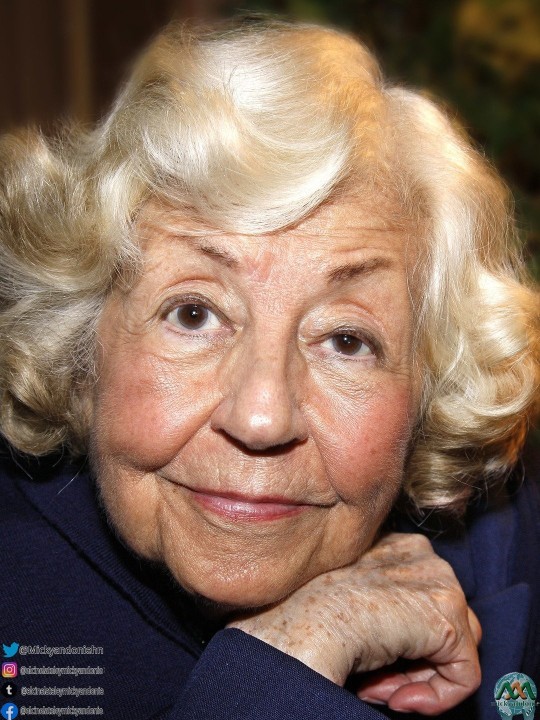

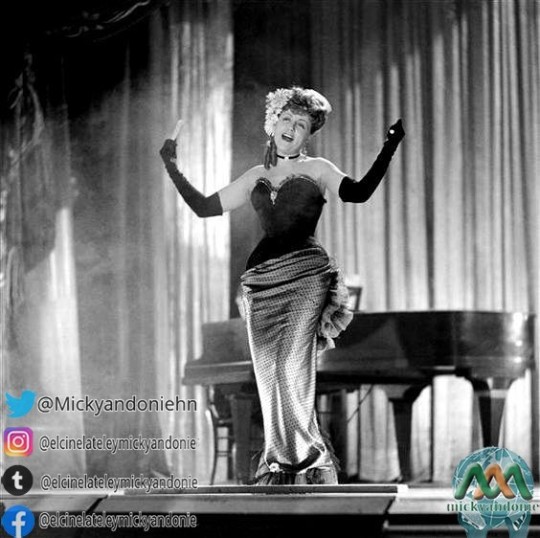

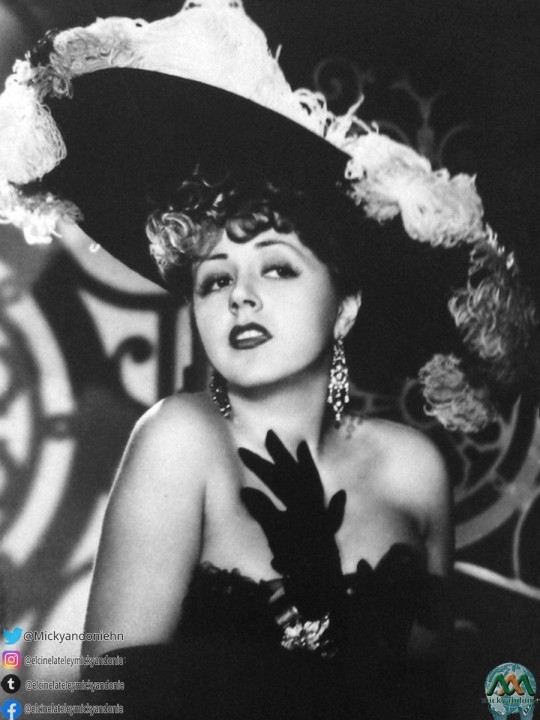
Suzy Delair.
Filmografía
- A Caprice of Pompadour (Willy Wolff et Joë Hamman, 1931) - Une soubrette de la Pompadour
- Violetas imperiales (Henri Roussell), 1932)
- La dama de chez Maxim ( Alexander Korda ), 1933)
- Toquemos madera (1933) - La petite compagne d'amusement
- Professeur Cupidon (1933)
- Casanova (1934)
- Poliche (1934) - Une Danseuse (sin acreditar)
- La depresión ha terminado (Robert Siodmak, 1934)
- La crisis ha terminado (1934) - (sin acreditar)
- Dédé ( Abel Gance , 1934) - Poliche (sin acreditar)
- Oro en la calle (K. Bernhardt, 1934) - Madeleine - L'amie de Gaby
- Ferdinand le noceur (1935) - Madame Alice - Une prostituée de la maison close (sin acreditar)
- Les Sœurs Hortensias (1935) - Une femme au cabaret (sin acreditar)
- Prends la route (Jean Boyer, 1936)
- Trois Six Neuf (Raymond Rouleau, 1937)
- El último de los seis (Georges Lacombe, 1941) - Mila Malou
- El asesino vive en el número 21 (Henri-Georges Clouzot, 1942) - Mila Malou
- Défense d'aimer (Richard Pottier, 1942) Totte
- La Vie de Bohème (Marcel L'Herbier, 1945) - Phémie / Femia
- Confesiones de un pícaro (Jean Dréville, 1947) - Coralin–
- Quai des Orfèvres / Jenny Lamour (Henri-Georges Clouzot, 1947) - Jenny Lamour
- Par la fenêtre (Gilles Grangier, 1948) - Fernande
- White Paws (Jean Grémillon, 1949) - Odette Kerouan
- Estoy en la Revue (Mario Soldati, 1950) La Chanteuse
- Lady Paname (Henri Jeanson, 1950) - Raymonde Bosset, dite Caprice
- Lost Souvenirs (Christian-Jaque, 1950) - Suzy Henebey (episodio "Une couronne mortuaire")
- Utopía (Léo Joannon, 1951) - Chérie Lamour
- Volar en el ungüento (Guy Lefranc, 1955) - Lucette Gauthier
- Fernandel la modista (Jean Boyer, 1956) Adrienne Vignard
- Gervaise (René Clément, 1956) - Virginie Poisson
- Las regatas de San Francisco ( Claude Autant-Lara , 1960) - Lucilla
- Rocco ei suoi fratelli ("Rocco y sus hermanos", Luchino Visconti, 1960) - Luisa
- Du Mouron pour les petits oiseaux ("Alimento de gallinas para pajaritos", Marcel Carné , 1963) - Antoinette - La bouchère
- Paris brûle-t-il? (René Clément, 1966) - Una parisina (sin acreditar)
- Las locas aventuras del "rabino"Jacob (Gérard Oury, 1973) - Germaine Pivert
Olvídame, Mandoline (1976).
1 note
·
View note
Photo
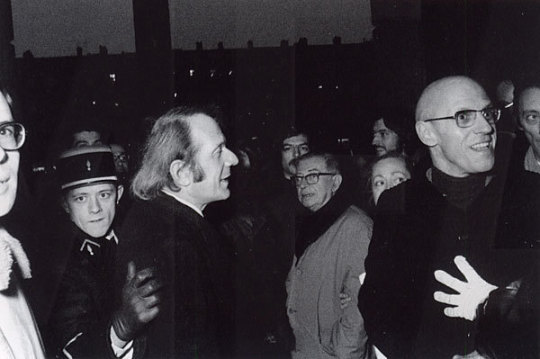
“ When and how did you to know Michel Foucault?
It’s easier to remember a gesture or a laugh than a date. I got to know him around 1962, when he was finishing Raymond Roussel and The Birth of the Clinic. Then after ‘68 I joined him and Daniel Defert in the Prison Information Group they’d set up. I saw Foucault often, I’ve many memories that come involuntarily, so to speak, and quite throw me, because the gaiety they bring back is mixed with the pain of his being dead. I’m afraid I didn’t see him in the last years of his life: after the first volume of The History of Sexuality he went through a general crisis, in his politics, his life, his thought. As with all the great thinkers, his thought always developed through crises and abrupt shifts that were the mark of its creativity, the mark of its ultimate consistency. I got the impression that he wanted to be left alone, to go where none but his closest friends could follow him. I needed him much more than he needed me. ”
Gilles Deleuze, Negotiations, 1972-1990, translated by Martin Joughin
7 notes
·
View notes
Text
Suillus bovinus, the Jersey cow mushroom, is a pored mushroom in the family Suillaceae. A common fungus native to Europe and Asia, it has been introduced to North America and Australia. It was initially described as Boletus bovinus by Carl Linnaeus in 1753, and given its current binomial name by Henri François Anne de Roussel in 1806. It is an edible mushroom, though not highly regarded. The fungus grows in coniferous forests in its native range, and pine plantations elsewhere. It is sometimes parasitised by the related mushroom Gomphidius roseus. S. bovinus produces spore-bearing mushrooms, often in large numbers, each with a convex grey-yellow or ochre cap reaching up to 10 cm (4 in) in diameter, flattening with age. As in other boletes, the cap has spore tubes extending downward from the underside, rather than gills. The pore surface is yellow. The stalk, more slender than those of other Suillus boletes, lacks a ring.
5 notes
·
View notes
Text
Les Misérables - Paris
1980 | Soundboard
Format: mp3, tracked
Cast: Maurice Barrier (Jean Valjean), Jean Vallée (Javert), Rose Laurens (Fantine), Fabienne Guyon (Cosette), Gilles Buhlmann (Marius), Marianne Mille (Éponine), Christian Ratellin (Enjolras), Yvan Dautin (Thénardier), Marie-France Roussel (Madame Thénardier), René-Louis Baron (Combeferre)
Notes: In September 1980, a stage version of Claude-Michel Schônberg and Alain Boublil's French concept album "Les Misérables" directed by veteran French film director Robert Hossein was produced at the Palais des Sports in Paris. The show was a success, with 100 performances seen by over 500,000 people. Most of the cast from the concept album performed in the production.
1 note
·
View note